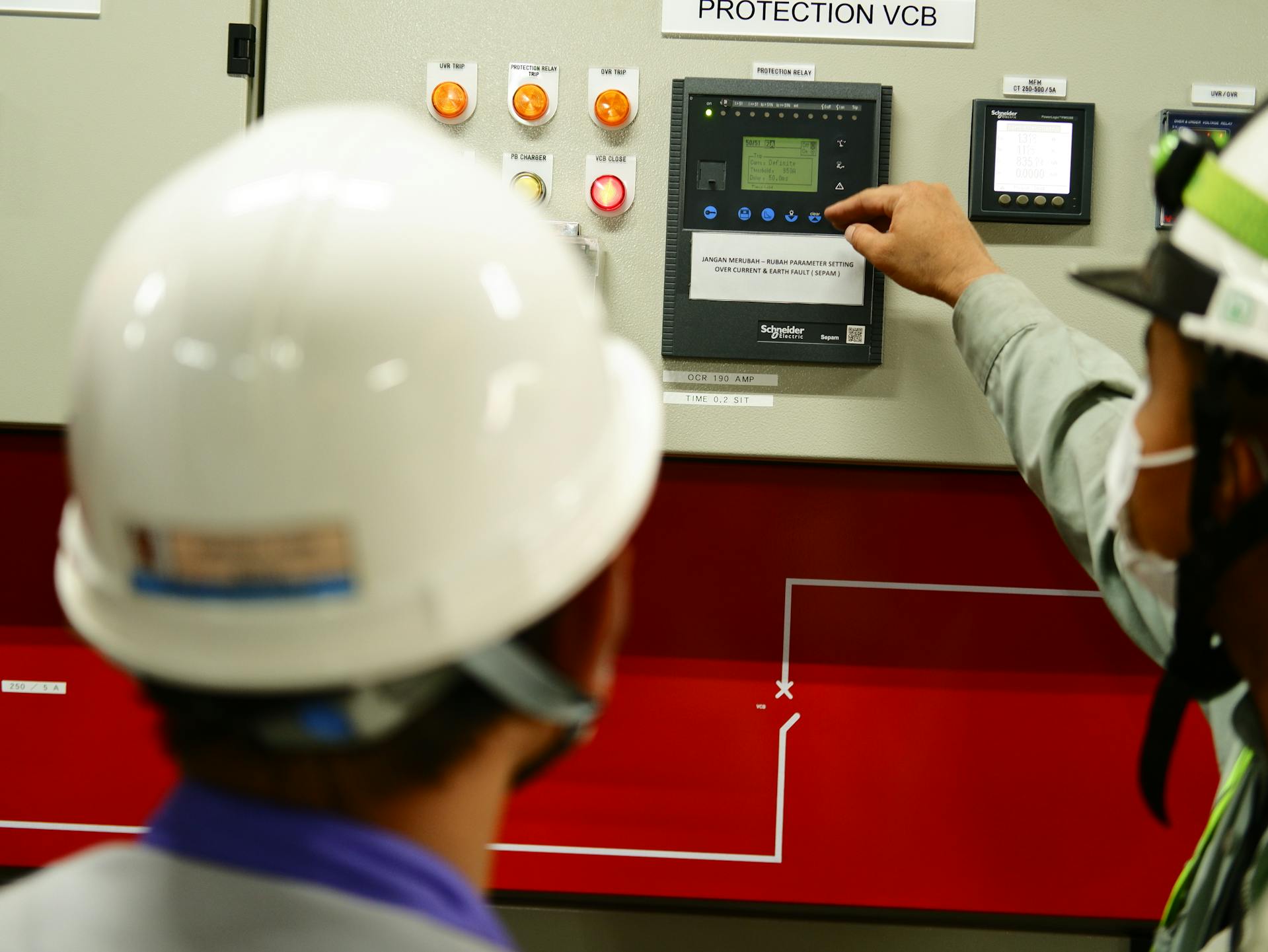Manufacturing is a field where small changes can lead to significant shifts in output, safety, and efficiency. Operations evolve with technology, workforce dynamics, and global demands, making it essential for manufacturers to stay adaptable. A well-organized production line and solid maintenance practices can bring stability and long-term benefits. This guide walks through six practical steps designed to tighten up operations and boost overall performance without relying on fluff or unnecessary jargon.

Start with Equipment Inspection Services
A consistent inspection schedule is one of the most overlooked yet powerful tools for strengthening operations. Machinery and storage systems operate under daily stress, and without close monitoring, minor issues can spiral into costly failures. One area that deserves special attention is racking systems, which carry the weight of your entire inventory—literally. That’s why many companies invest in pallet rack inspection services, which help detect early signs of damage or misalignment that could compromise safety and slow down workflows. Regular checks not only reduce risk but also improve confidence in the daily operations. Beyond racks, thorough inspections of conveyors, lifts, and CNC machines can reveal efficiency gaps that slow production down, allowing for targeted fixes before breakdowns happen.
Organize the Floor for Smarter Flow
The arrangement of a manufacturing floor has more influence than many think. A cluttered or inefficiently laid-out space forces workers to take extra steps, misplaces tools, and causes communication lags. Designing a logical workflow that matches the production sequence reduces friction. Group workstations that perform connected tasks, and position materials where they’re needed most, not just where they fit. Color-coded markings and signs can guide movement and improve awareness without adding noise. These adjustments make the floor feel more intuitive and let teams move with purpose instead of hesitation. Streamlined space supports faster cycle times and cuts down on unnecessary motion, which adds up quickly when repeated shift after shift.
Train Staff with Operational Awareness
Training doesn’t stop after onboarding. Continuous improvement requires workers to stay aligned with process updates, new equipment, and revised safety standards. More than technical skills, there needs to be an emphasis on operational awareness—the ability to understand why certain procedures are followed and what impact they have on the entire line. When workers grasp the bigger picture, they’re more likely to spot inefficiencies, catch mistakes early, and offer useful feedback. Empowering staff to report problems and suggest improvements helps create a culture where change comes from within, not just top-down directives. Keeping training sessions short, focused, and frequent makes it easier for teams to absorb and apply new information without disrupting production.
Upgrade Data Tracking Systems
Manufacturers often rely on outdated tracking systems or spreadsheets that lag behind real-time activity. Switching to digital tracking tools can change the way decisions are made. With live dashboards and connected sensors, it becomes easier to monitor machine uptime, order progress, defect rates, and material usage. The faster data is available, the quicker managers can respond to changes in demand or equipment behavior. Even something as simple as knowing which machine sees the most downtime allows for targeted maintenance or operator coaching. These systems don’t just report; they help predict. Better data leads to smarter planning and more consistent output.
Standardize Maintenance Without Guesswork
Maintenance schedules can’t be built on gut feelings. They need structure. Every machine and system comes with an ideal service interval, and sticking to those timelines prevents most surprise failures. Building a standardized maintenance calendar tied to machine hours or output units removes guesswork. Maintenance logs should be digital and accessible so that anyone can view past work or flag unusual performance patterns. Assigning clear responsibilities for routine checks and keeping spare parts organized prevents last-minute scrambles. Maintenance done on time keeps production steady and avoids the snowball effect of one breakdown delaying multiple departments.
Review, Refine, Repeat

The most effective manufacturers view operations as a living system, not a fixed plan. Regular reviews bring clarity. At set intervals—monthly, quarterly, or after major shifts—teams should sit down to evaluate what’s working and what’s not. Did the recent layout change improve throughput? Are there still bottlenecks during peak shifts? What feedback are operators giving about machine reliability or supply access? These conversations can surface small friction points that metrics alone might miss. From there, refining the process becomes easier. Making these reviews part of the company rhythm builds momentum for continuous improvements, without waiting for something to break.
Improving manufacturing operations doesn’t require radical overhauls. It starts with honest evaluations, practical changes, and consistency. These aren’t flashy steps, but they’re the ones that work. Keep the changes simple, repeatable, and focused on reducing friction at every turn. That’s where real operational strength comes from.

Founder Dinis Guarda
IntelligentHQ Your New Business Network.
IntelligentHQ is a Business network and an expert source for finance, capital markets and intelligence for thousands of global business professionals, startups, and companies.
We exist at the point of intersection between technology, social media, finance and innovation.
IntelligentHQ leverages innovation and scale of social digital technology, analytics, news, and distribution to create an unparalleled, full digital medium and social business networks spectrum.
IntelligentHQ is working hard, to become a trusted, and indispensable source of business news and analytics, within financial services and its associated supply chains and ecosystems










